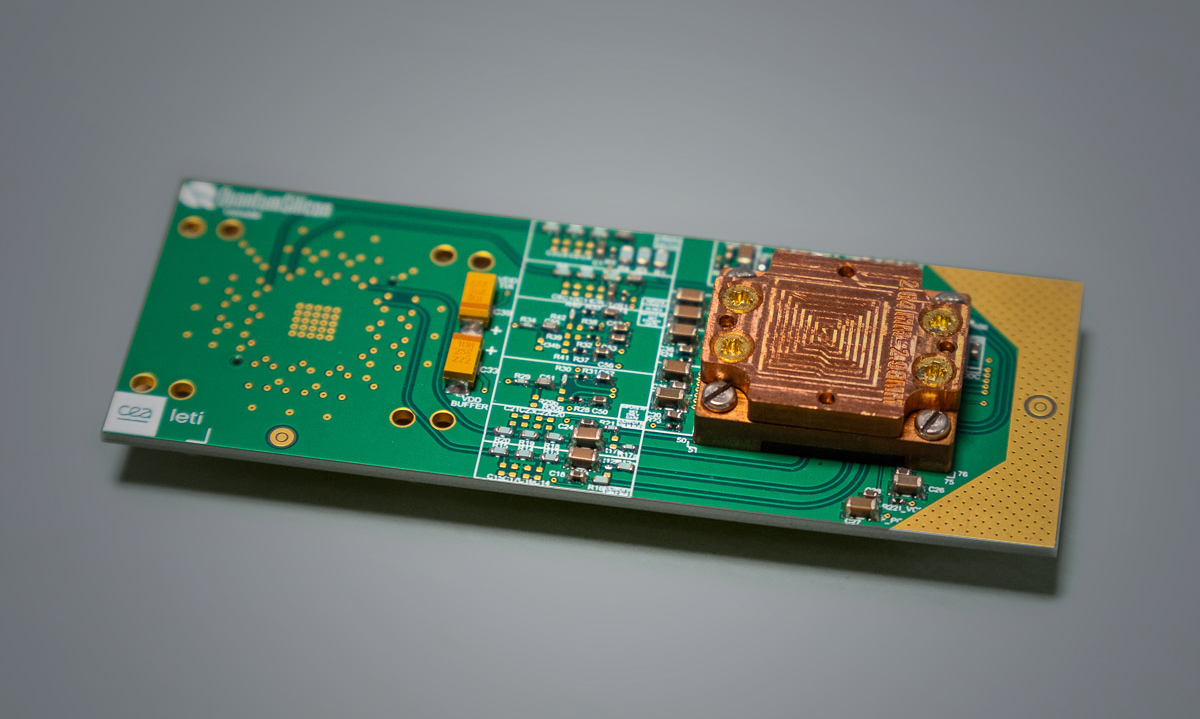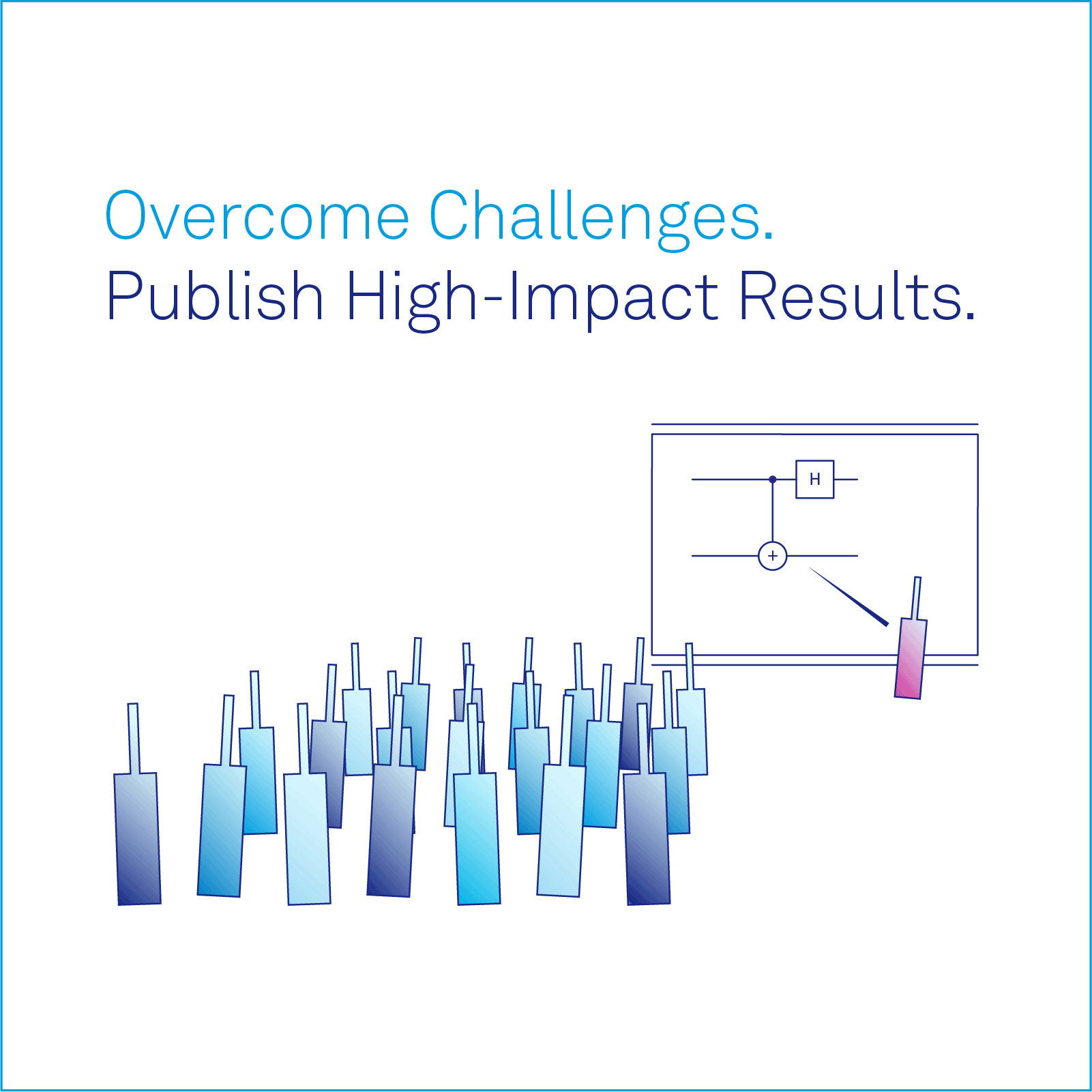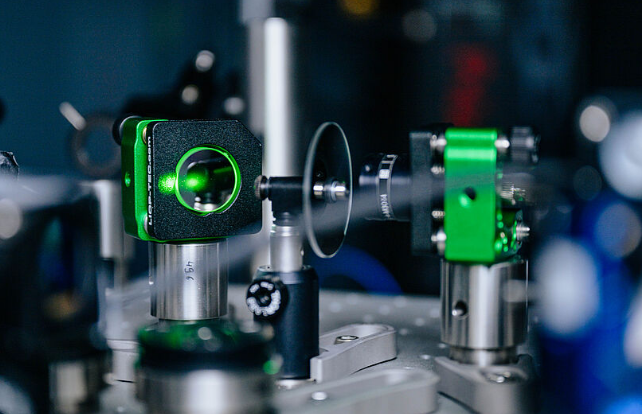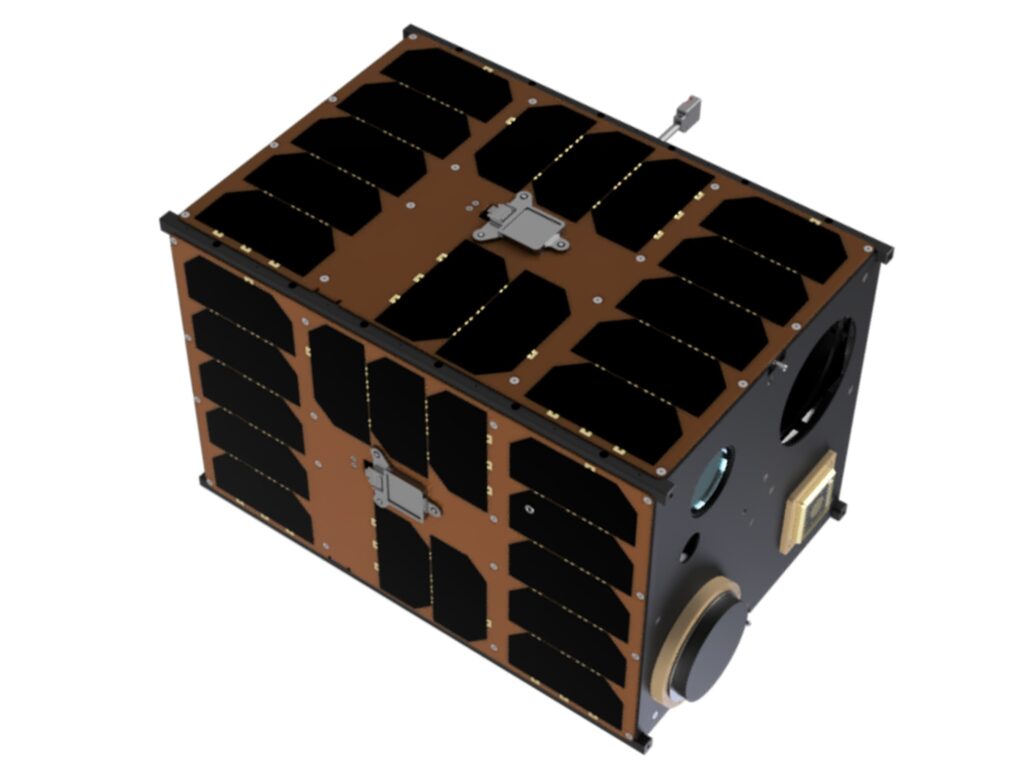Insider Brief
- CEA-Leti, in collaboration with Quobly, CEA-List, and CEA-Irig, has developed a low-power, scalable readout solution for silicon qubits using FD-SOI CMOS technology, achieving a tenfold reduction in power consumption and halving the footprint per qubit.
- Presented at ISSCC 2025, the system employs a capacitive-feedback transimpedance amplifier (CTIA) with 18.5μW/qubit power consumption and demonstrates 4- and 16-point quadrature-amplitude modulation (QAM) to enable simultaneous microsecond readouts of multiple qubits.
- The approach minimizes wiring and power constraints in cryogenic environments, advancing Quobly’s roadmap for commercial quantum processors and strengthening Grenoble’s position as a hub for silicon-based quantum computing.
PRESS RELEASE — CEA-Leti, in its collaboration with Quobly, CEA-List and CEA-Irig, reported today it has developed a unique solution using FD-SOI CMOS technology that provides simultaneous microsecond readouts of tens of quantum devices, while reducing the readout power consumption by 10x and footprint by 2x. Combined with Quobly’s strategy to build qubits out of FD-SOI technology, this readout architecture provides a path to low power and scalable quantum integrated circuits.
In a paper presented at ISSCC 2025, “An 18.5μW/qubit Cryo-CMOS Charge-Readout IC Demonstrating QAM Multiplexing for Spin Qubits”, the innovation is to propose a readout circuit based on a capacitive-feedback transimpedance amplifier (CTIA) that achieves an 18.5μW/qubit power consumption, which is a significant tenfold reduction compared to existing, similar circuits at half the footprint per qubit.
With this circuit, CEA-Leti demonstrated a 4- and 16-point quadrature-amplitude modulation (QAM), that increases the possible number of multiplexed devices by directly using the quantum devices as a modulator.

A capacitive-feedback transimpedance amplifier converts the current coming from the quantum devices into an output voltage. Its gain can be set by adjusting the ratio of the values of the two capacitances of its feedback loop.
The novel system presented minimizes power consumption with a multiplexing strategy that permits measurement of several qubits with one amplifier. This paves the way toward developing the readout of thousands of silicon qubits with a limited number of wires and without the need of bulky inductors, circumventing both the wiring bottleneck and the readout scaling-up limitation of actual cryogenic electronics.
“The silicon qubit is a promising candidate for large-scale, fault-tolerant quantum computing due to its small footprint, higher operating temperature and possible compatibility with industrial CMOS processes,” said Quentin Schmidt, lead author of the paper. “But the need for a simultaneous microsecond readout of thousands of devices is especially challenging in terms of both power consumption and size.”
“This is the first time that as-complex-a-modulation scheme as QAM has been used to address the simultaneous readout of several qubits,” explained Franck Badets, research director of the institute’s Silicon Components Department. “The associated improvements in power efficiency and footprint per qubit for a single amplifier, compared to frequency division multiplexing access state-of-the-art, demonstrated with OOK modulations, open bright perspectives for larger-scale qubit arrays.”
“Quobly’s goal is to fabricate large-scale quantum computers based on silicon. This paper demonstrates key progress toward a scalable readout of the qubits and is a major advance in its roadmap,” explained Tristan Meunier, chief scientist at Quobly, a pioneer in the development of a fault-tolerant quantum computer based on silicon qubits. “Our process, which leverages established FD-SOI technology to benefit from the expertise of the semiconductor industry, is already paying off: This work demonstrates the co-integration of classical electronic functions at low temperature to simultaneously read and control multiple qubits on chip with record low consumption and compact design. Quobly’s partnership with STMicroelectronics, to produce commercial quantum processor units (QPUs) at scale, builds on the ground-breaking work done with CEA-Leti.”
This highly collaborative effort reported at ISSCC was made possible by the unique expertise based in Grenoble. CEA-List offers invaluable guidance to ensure compatibility with future quantum software stacks, while CEA-IRIG provides a one-of-a-kind cryogenic experimental platform. Through their special partnership with Quobly, all divisions of CEA are positioned to pioneer significant breakthroughs in silicon qubit systems.


















